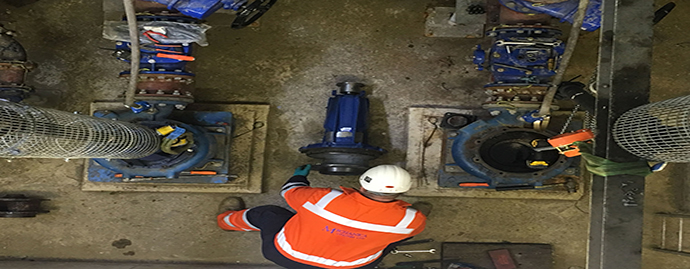| تاريخ البداية | تاريخ النهاية | الدولة | المدينة |
|---|

 +۹٦٦ ۹۲۰۰۰۷۷۷۱
+۹٦٦ ۹۲۰۰۰۷۷۷۱

الأهداف
Upon successful completion of this course, the participants should be able to understand:
- Functions and applications of pressure vessels and heat exchangers
- Protection & Corrosion problems in Industry
- Fouling effect, prediction and techniques of control
- Operation and troubleshooting
- Overall heat transfer coefficients
- Effects of internal and external pressures
- Applications in petrochemical industry
الخطوط العريضة
1- Introduction
2- General classifications of heat exchangers
3- Codes & Standard
4- Shell & Tube HE
5- Heat transfer
6- Vibration
7- Pressure drop
8- Installation of HE
9- Operation of Heat
10- Maintenance and troubleshooting
Detailed Daily Plan
Day One:
1- Introduction
- Fluid properties (velocity, density, viscosity, specific gravity, volume flowrate and mass flowrate
- Thermodynamic properties and heat transfer (specific heat, enthalpy, thermal conductivity, coefficient of heat transfer, overall heat transfer coefficient
2- General classifications of heat exchangers
- Definition of a heat exchanger
- Applications of heat exchanger
Day Two:
3- General classifications of heat exchangers
- Tubular heat exchangers
- Shell and tube heat exchanger
- Plate heat exchanger
4- Codes & Stand
- Characterization bodies (TEMA, HEI, API, ASME, …)
- TEMA nomenclatures of a heat exchanger
- TEMA codes of a heat exchanger
- TEMA sizing of a heat exchanger
Day Three:
5- Shell & Tube HE
- General features of a shell and tube heat exchanger (STHE)
- Construction of (STHE)
- Different types of (STHE)
- Applications
6- Heat transfer
- Modes of heat transfer
- Thermal conductance and resistance
- Overall heat transfer coefficient in a tubular type heat exchanger
- Overall heat transfer coefficient in shell and tube heat exchanger
Day Four:
7- Vibration
- What is meant by flow-induced vibration?
- What is the object natural frequency?
- Types of flow velocities in the shell
- Avoiding vibration in (STHE)
8- Pressure drop
- Shell-side pressure drop
- Tube-side pressure drop
9- Installation of HE
- Precautions taken
- Fixing the unit
Day Five:
10- Operation of Heat
- Start-up
- Shut-down
11- Maintenance and troubleshooting
- Maintenance
- Troubleshooting
من ينبغى أن يحضر
This course is design for:
- Developees (mechanical, Process, Planning & Vibration Engineers and supervisors)
- Project engineers, process engineers and plant engineers in the oil, chemical, sugar, power, and other industries that requires a wider and deeper appreciation of heat exchangers design, performance and operation.
- The detailed review of thermal and mechanical design is particularly useful to plant and maintenance engineers as well as to those generally knowledge able in the subject, but who require a refresher or update.
- Codes and standards are useful for project engineer to help him communicate with manufacturers, designers and bidders of heat exchangers.
Troubleshooting procedures are important for process engineers.
المدة
5 أيام










